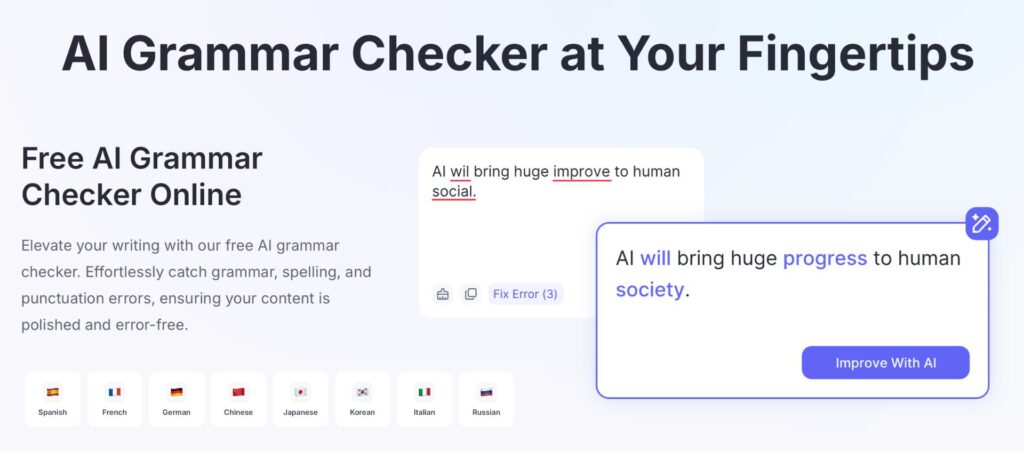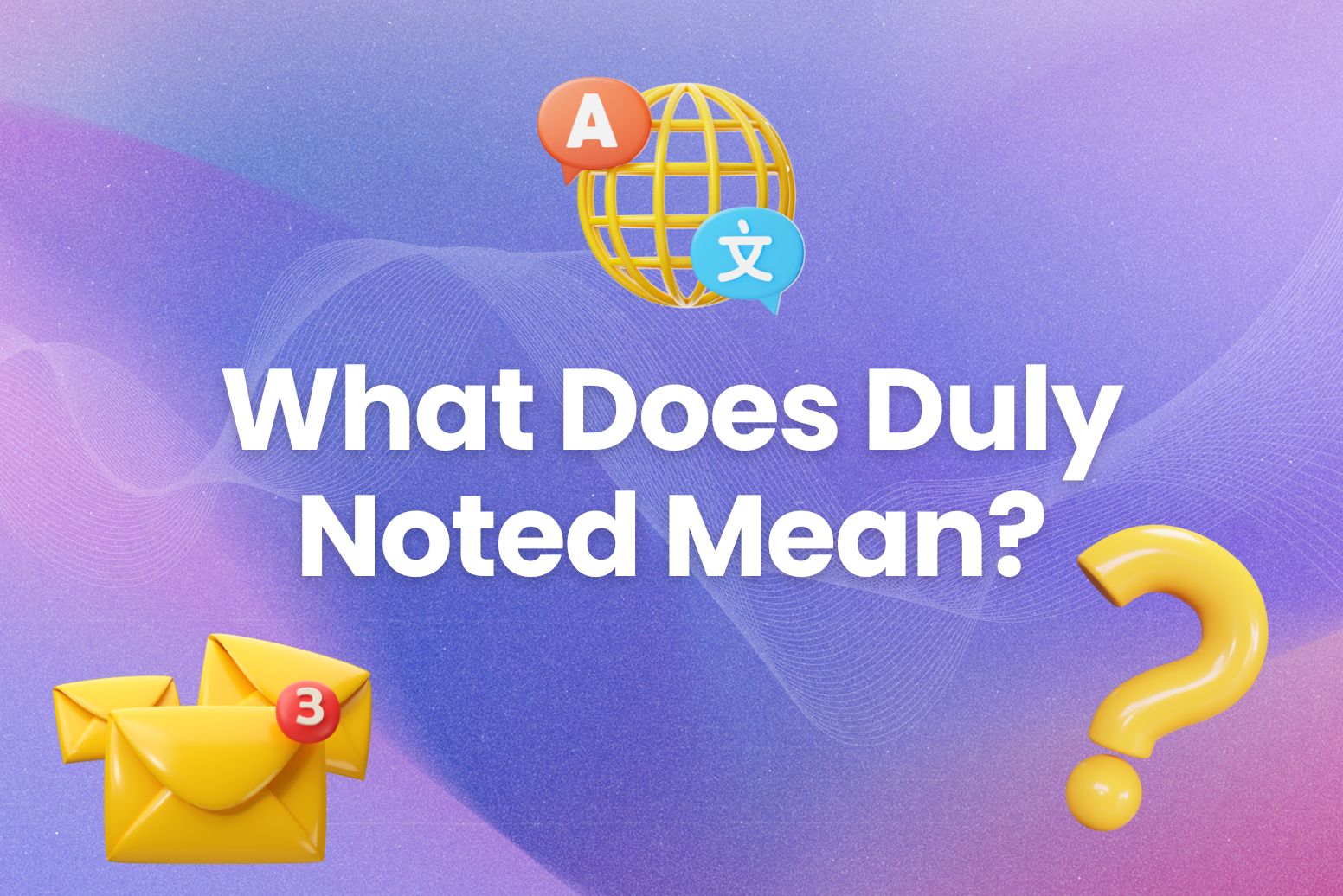Have you ever wondered how we connect ideas in our sentences so they sound natural and polished? Enter coordinating conjunctions—the ultimate connectors! They effortlessly join words, phrases, or clauses of equal importance, making communication clearer and more cohesive. In this blog, we explore some coordinating conjunction examples.
What Are Coordinating Conjunctions?
In simple terms, a coordinating conjunction is a word that connects two equal parts of a sentence.
These parts can be words, phrases, or even full clauses. By using these conjunctions, you create smoother, more logical sentences that flow naturally. They’re the bridge between ideas, ensuring your thoughts don’t feel fragmented or disjointed.
What are the 7 Coordinating Conjunction Examples?
For
Used to explain a reason or purpose.
- Example: I brought an umbrella, for it looked like it might rain.
- Connector in Action: Notice how “for” smoothly explains why the umbrella was brought, linking cause and effect seamlessly.
- “He fights the dark forces, for someone must protect the innocent.”
And
Adds one idea to another, creating a sense of continuity.
- Example: She loves painting, and she’s quite good at it.
- Why It Works: The conjunction “and” ties two related thoughts together, building on the idea without pause.
Nor
Joins two negative ideas to emphasize their exclusion.
- Example: He didn’t eat breakfast, nor did he have coffee.
- Subtlety in Play: “Nor” not only connects the ideas but also ensures the tone of negation remains consistent.
But
Introduces contrast or opposition, highlighting differences.
- Example: I wanted to go for a jog, but the rain stopped me.
- Creating Contrast: “But” effortlessly contrasts the desire to jog with the obstacle of rain.
Or
Offers a choice or presents alternatives.
- Example: Would you like tea, or would you prefer coffee?
- Flow of Choices: The use of “or” makes the sentence interactive and engaging by presenting clear options.
Yet
Expresses contrast or an unexpected result.
- Example: He was exhausted, yet he finished the project on time.
- Surprising Connections: “Yet” bridges the exhaustion with the achievement, underscoring the contrast.
So
Indicates cause and effect in a way that feels natural.
- Example: She studied hard, so she aced the test.
- Clear Cause-Effect: The conjunction “so” makes the relationship between effort and result unmistakable.
Coordinating Conjunction Examples
1. For
“We need to stand together, for unity is our strength.”
2. And
“Frodo was brave, and Sam was loyal.”
3. Nor
“He’s not a savior, nor does he pretend to be one.”
4. But
“He’s stubborn, but he always gets the job done.”
5. Or
“Are you a Jedi, or a Sith?”
6. Yet
“He’s young, yet he’s already making a difference.”
7. So
“They were out of options, so they came up with a bold plan.”
Why We Use Coordinating Conjunctions
- To Join Words:
- She enjoys reading and writing.
- Connector Insight: “And” ties two related activities into a cohesive idea.
- To Join Phrases:
- He’s great at solving puzzles and building models.
- Smooth Expansion: The conjunction helps expand on his skills without feeling repetitive.
- To Join Independent Clauses:
- I love hiking, but I don’t like camping.
- Note: Use a comma before the conjunction when linking two independent clauses.
Coordinating Conjunctions FANBOYS
To remember coordinating conjunctions, just think FANBOYS:
- For
- And
- Nor
- But
- Or
- Yet
- So
Coordinating conjunctions make sentences flow, adding clarity and connection. Whether in everyday conversations or dramatic movie lines, FANBOYS bring ideas to life. Want to ensure your writing is polished? Try Arvin AI’s Grammar Checker for seamless and engaging sentences!
Correlative Conjunction Examples
Correlative conjunctions always come in pairs, connecting ideas, phrases, or clauses of equal importance. These include either/or, neither/nor, not only/but also, both/and, whether/or, as/as, such/that, so/that, rather/than, and no sooner/than.
Common Mistakes to Avoid
- Run-On Sentences:
Don’t overuse conjunctions to combine too many ideas.- Incorrect: I was tired but I stayed up so I could watch the show.
- Correct: I was tired, but I stayed up, so I could watch the show.
- Forgetting the Comma:
Always add a comma when joining two independent clauses.- Incorrect: She loves dogs and she adores cats.
- Correct: She loves dogs, and she adores cats.
Final Words
Coordinating conjunctions, represented by FANBOYS—For, And, Nor, But, Or, Yet, So. These small yet powerful connectors help us balance ideas, express contrasts, show reasons, and create logical flow in our writing and speech. Whether you’re crafting a heartfelt story, quoting your favorite superhero movie, or casually deciding between pizza or pasta, coordinating conjunctions are there to make your sentences shine.
Mastering these simple tools will not only make your writing more polished but also more engaging. And if you ever want to ensure your sentences flow effortlessly, Arvin AI’s Grammar Checker is here to back you up. Perfect your writing, one conjunction at a time!

FAQ
The 7 coordinating conjunctions are represented by the acronym FANBOYS:
For (reason), And (addition), Nor (alternative), But (contrast), Or (choice), Yet (unexpected outcome), So (cause and effect).
Common examples include: Because, Although, Since, While, After, Before, Unless, If, As, When.
FANBOYS is an acronym for the 7 coordinating conjunctions: For, And, Nor, But, Or, Yet, So.
However, Therefore, Moreover, Nevertheless, Furthermore, Consequently, Meanwhile, Similarly, Thus, Hence, Instead, Otherwise, Accordingly, Still, Likewise, Thereafter, Besides, Likewise, Indeed, Conversely, Accordingly, Undoubtedly, Incidentally, Namely, Subsequently.






